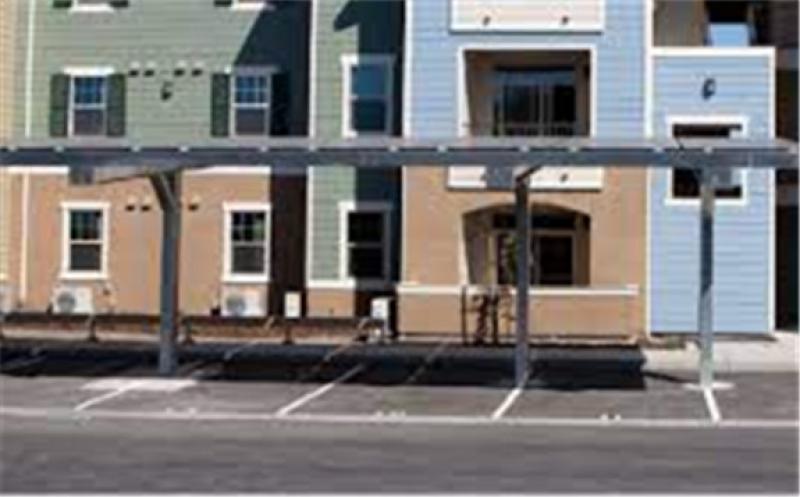The California Energy Commission (CEC) today adopted the 2022 Building Energy Efficiency Standards (Energy Code) for newly constructed and renovated buildings that will produce benefits to support the state’s public health, climate and clean energy goals.

As the state's primary energy policy and planning agency, the CEC adopts standards every three years to cost-effectively increase the energy efficiency and lower the carbon footprint of buildings. Homes and businesses use nearly 70 percent of California’s electricity and are responsible for a quarter of the state’s greenhouse gas (GHG) emissions.
“Buildings profoundly influence our health, environment and economy. Into the future they will use less energy and emit less pollution while still being comfortable and healthy,” said Commissioner J. Andrew McAllister, who is the lead commissioner on energy efficiency. “The 2022 Energy Code firmly pivots California’s buildings toward the clean, low-carbon technologies that are the bedrock on which our collective path forward will rest. This foundation will help the state meet its critical long-term climate and carbon neutrality goals."
The 2022 update will be submitted to the California Building Standards Commission (CBSC), which is scheduled to consider it in December 2021. If approved by the CBSC, it would go into effect on January 1, 2023, giving builders, contractors and other interested parties a year to gear up for the changes.
The 2022 Energy Code focuses on four key areas in newly constructed homes and businesses:
Encouraging electric heat pump technology for space and water heating, which consumes less energy and produces fewer emissions than gas-powered units.
Establishing electric-ready requirements for single-family homes to position owners to use cleaner electric heating, cooking and electric vehicle (EV) charging options whenever they choose to adopt those technologies.
Expanding solar photovoltaic (PV) system and battery storage standards to make clean energy available onsite and complement the state’s progress toward a 100 percent clean electricity grid.
Strengthening ventilation standards to improve indoor air quality.
The impact of climate change is accelerating, bringing an even greater need for buildings that are comfortable, efficient and resilient. Each updated code guides the construction of buildings to better withstand extreme weather, lower energy costs and reduce climate and air pollution.
Over the next 30 years, the 2022 Energy Code is estimated to provide $1.5 billion in consumer benefits and reduce 10 million metric tons of GHGs, equivalent to taking nearly 2.2 million cars off the road for a year. Expanded adoption of new energy-efficient technologies will help reduce costs of the technology over time.